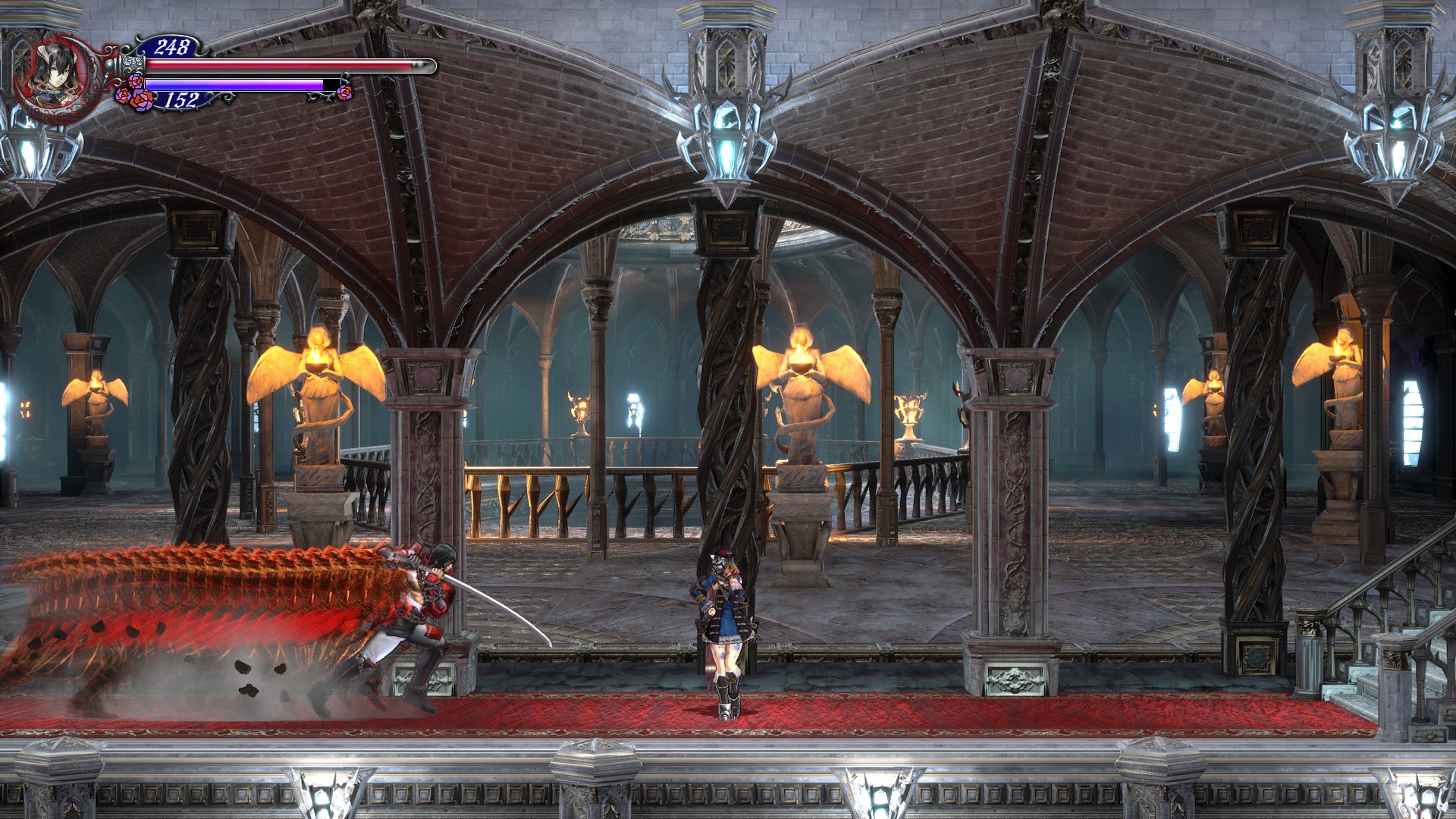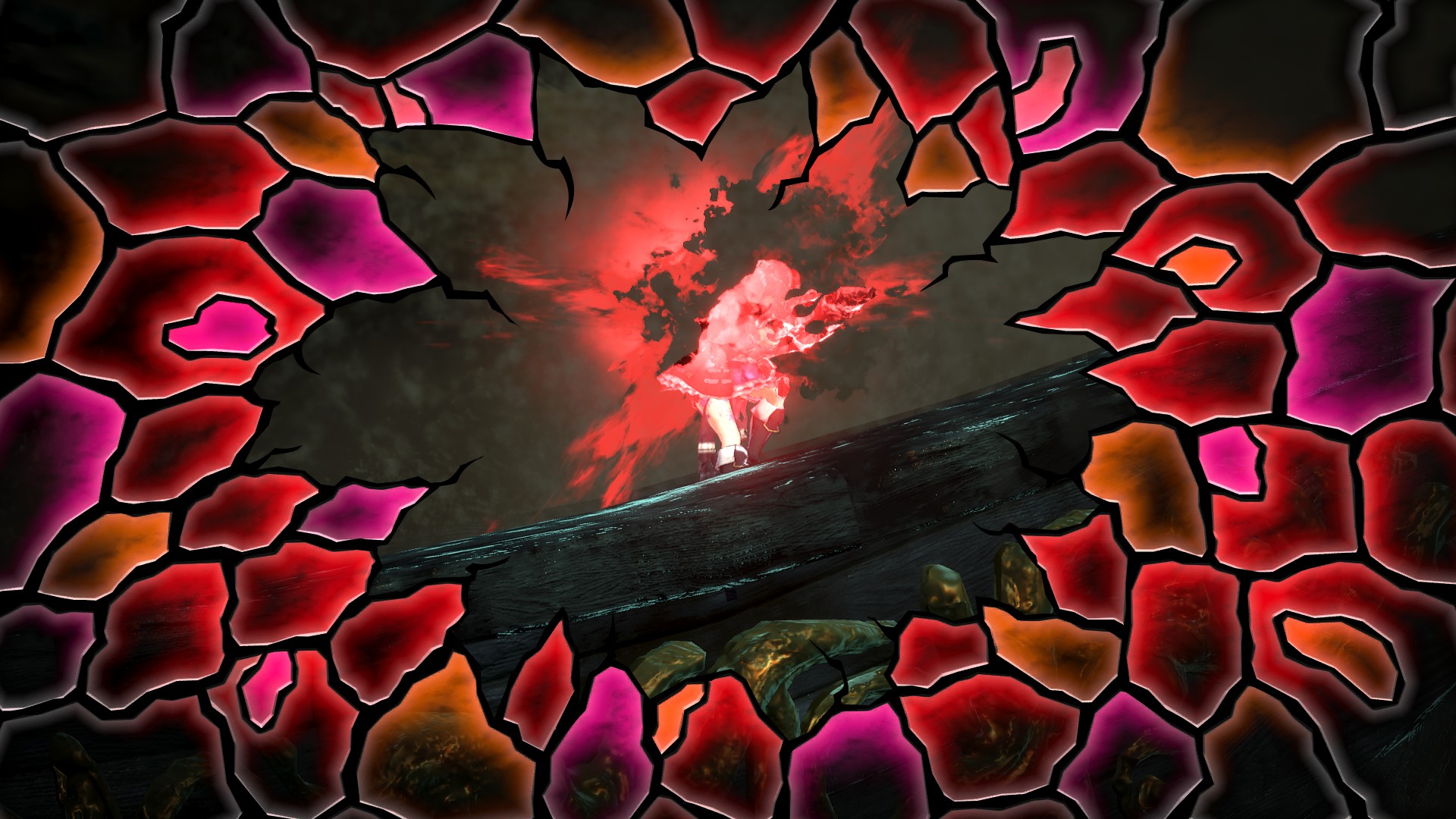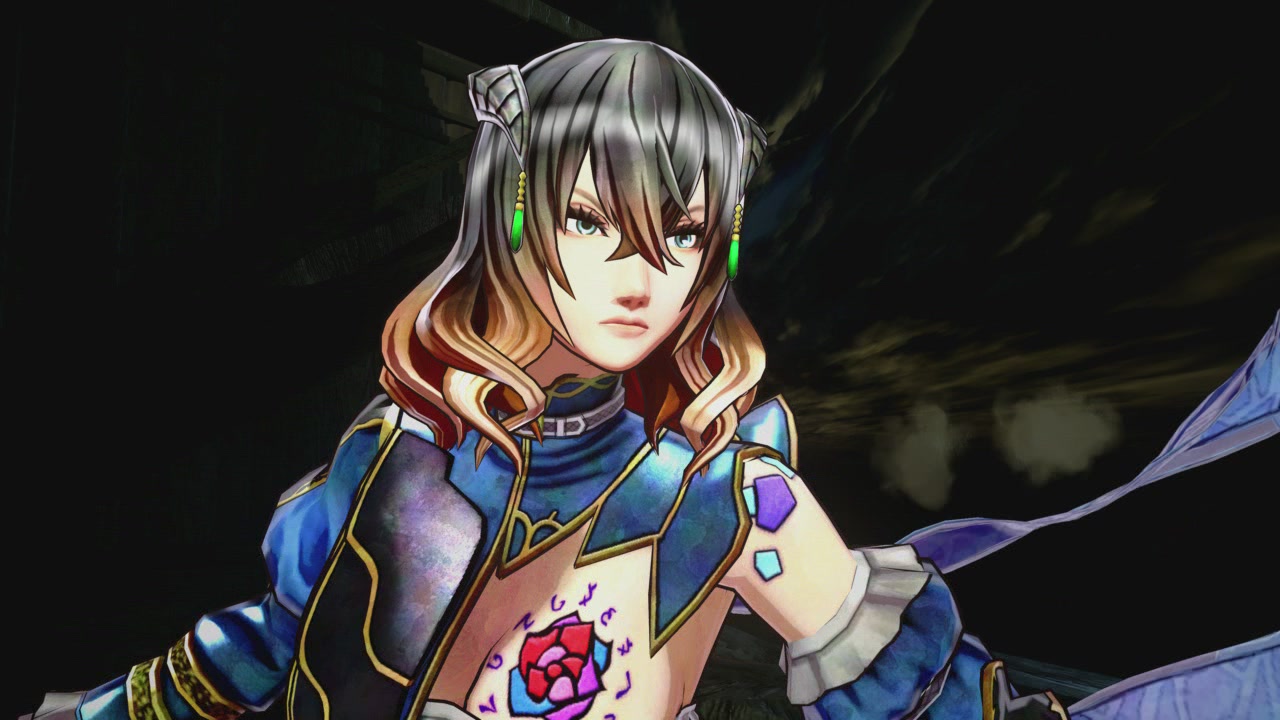Our Verdict
Bloodstained: ROTN faithfully recreates the metroidvania experience of the 2000s—a feast for fans of a very specific experience; a bit too old-fashioned for anyone else.
PC Gamer's got your back
What is it? A 2.5D metroidvania that is all ‘vania
Expect to pay: $40/£35
Developer: ArtPlay/Inti Creates/WayForward
Publisher: 505 Games
Reviewed on: Core i5-8400, GTX 1060, 16 GB RAM
Multiplayer? Eventually
Link: Official site
Five years ago Koji Igarashi, director and writer on Castlevania: Symphony of the Night, left Konami to make another Castlevania-style game. Five years is a long time, and the metroidvania genre has grown substantially in that period, but sometimes you don't want a variation on a familiar theme. You want the same game in a new package. Rejoice, because with Bloodstained: Ritual of the Night, that's exactly what you're getting.
Miriam is a science experiment in the shape of a dolled-up anime girl. Together with her friend, a man named Gebel, she was part of an experiment that transplanted the essence of demons into her body. This demonic power comes in the form of shards, thus she's called a Shardbinder. The more shards you absorb the more you let go of your humanity, a fate that befell Gebel.
Gebel is now out to fill the world with demons, all from the comfort of his castle—because of course there is a castle. It's a sprawling place full of heavy chandeliers, grim-looking statues and monsters keeping watch. From the entrance hall to the gardens, towers and even the caves below, every inch of this castle is waiting to be explored and plundered, and for the most part its backdrops are varied enough to make you want to see what's around the next corner.

Combat is the main focus, and on normal difficulty most enemies don't pose much of a threat. Early on a nice rhythm between exploration and combat builds, and feels very genre-specific in the way you anticipate the respawning enemies and find increasingly fun, increasingly quick ways to deal with them. To this end you regularly find new weapons to try out on an unsuspecting demon's hide. Each weapon has a different range and animation, which are important aspects in sequence breaking smaller enemies and getting hits in with bosses. Compared to the rest of the game, the boss fights present a tough challenge, but as so often with metroidvanias, at one point it just clicks and careful study of attack timings and/or a bit of luck pays off. It's satisfying every time.
The various shards you collect by repeatedly killing monsters of the same type are infrequently necessary for progression and almost exclusively exist for fun and variety. I can't stress enough how Bloodstained is brimming with stuff at all times. Shards come in the form of summons, projectiles and special attacks and almost every weapon that conceivably made sense to put into the game. Later on you also gain various familiars, floating spirits that further aid you in battle. This massive selection makes it a real shame that Bloodstained’s enemies don't offer the same variety. You encounter a fair share of visually interesting types from floating schnauzer faces to an Edward Scissorhands-type demon, but their move sets and patterns are so simple there's never much of a reason to fiddle with your arsenal.
Additionally, there's no way to attack up or downwards, which is the ultimate proof Bloodstained was designed as a throwback experience.

In essence, Bloodstained is a game about completing a collection—whether that’s completing the map and uncovering some well-hidden rooms or finding rare weapons. Unless you really struggle with the toughest bosses, inventory completionism is the only reason to collect small stat buffs in a library run by a vampire, or playing dress up in the castle’s own barber shop.
The sidequests, too, are fetch quests no one really needs but feel like another point to neatly tick off a completion list. The very point of it is to grind and seek out extra challenges, which is why Bloodstained has three different endings. Having a bad ending in a game can feel a bit like punishment, but it can also inspire a grim determination to figure out what exactly you’ve missed. I’m most interested in the upcoming modes like roguelike and the versus mode, because these can make great use of large inventories and add additional games within the game.
There is a point to be made for metroidvanias that aren't tough as nails these days, which is why Bloodstained is likely to appeal to newcomers. But, like the vampires it so reveres, it feels long in the tooth when compared to the innovation elsewhere in the genre. It's a neat little time capsule of a game, an amusing diversion with a flow that makes time flow swiftly until you're brickwalled by a boss, but it's the very definition of been-there-done-that if you've ever played a metroidvania before. Sometimes that familiarity is all you want.
Bloodstained: ROTN faithfully recreates the metroidvania experience of the 2000s—a feast for fans of a very specific experience; a bit too old-fashioned for anyone else.


